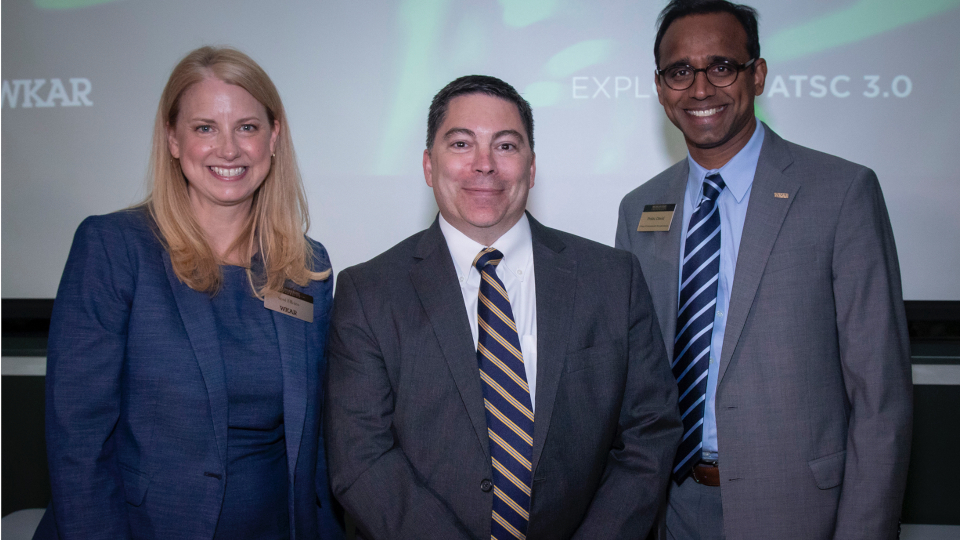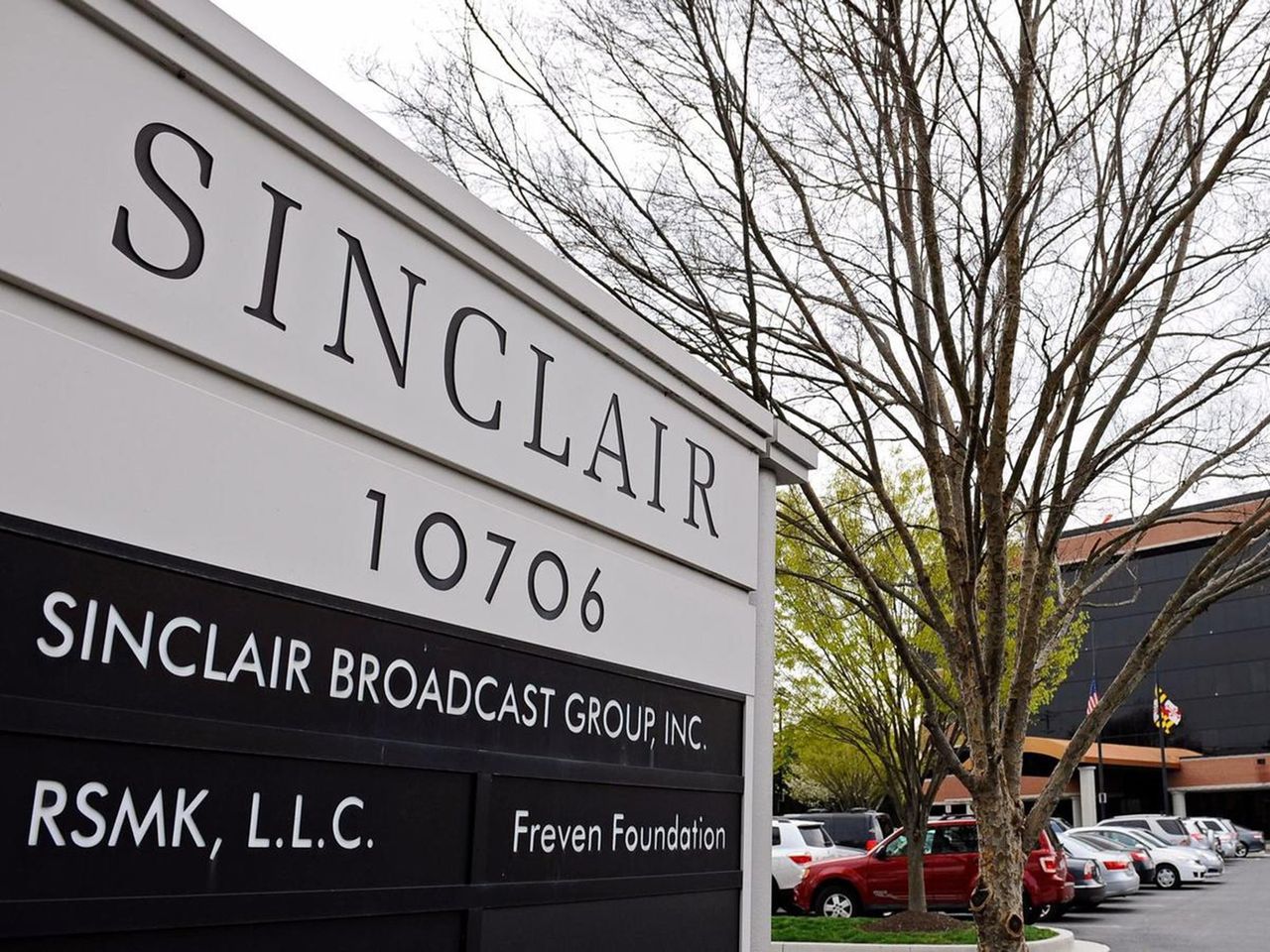WKAR First PBS Station to Gain FCC Authorization for ATSC 3.0 Broadcasts

EAST LANSING, Mich. — The Federal Communications Commission has granted a new experimental license to Michigan State University and public TV station WKAR, who plan to launch a next-generation TV broadcasting station and a new media lab driven by the next-gen ATSC 3.0 standard.
The announcement was made by FCC Commissioner Michael O’Rielly during a visit to WKAR Public Media studios.
“We have authorized a new broadcast standard and it’s going to open up the doors to what television may be in the future,” O’Rielly said. “WKAR is now authorized to test out ATSC 3.0 in their new lab and work with public broadcasting stations covering 200 million Americans.”
WKAR is the first public broadcasting station in the United States to receive FCC authorization to begin experimental ATSC 3.0 broadcasts, the station said, and expects to begin ATSC 3.0 experimental broadcasting in September. The license is good for six months and then WKAR will be required to petition for an extension to continue the broadcasts.
[Read: ATSC Meeting Explores 3.0 Deployments]
“Next Gen TV has great potential to enhance our media experience by merging the best of broadcasting and broadband,” said Prabu David, dean of the College of Communication Arts and Sciences, which houses WKAR. “The experimental license offers MSU and WKAR a test bed to explore new media innovations in education, information and even autonomous vehicles in depth and in the field.”
WKAR’s experimental ATSC 3.0 station will broadcast in Michigan on digital frequency 35 with a broadcast reach of approximately 40 miles. The technology allows for features such as 4K ultra high-definition video and multichannel immersive audio.
Get the TV Tech Newsletter
The professional video industry's #1 source for news, trends and product and tech information. Sign up below.
With the ATSC 3.0 station as a test bed, the university also plans to open a new research facility within WKAR and the College of Communication Arts and Sciences called the NextGen Media Innovation Lab. The lab will focus on the creation of education and public media content including early childhood education, telehealth and distance education, connected and autonomous vehicles, agriculture and emergency response.
One of the first projects planned for the NextGen Media Innovation Lab will be how to use ATSC 3.0 to improve early childhood education, said Susi Elkins, director of broadcasting and general manager of WKAR. “We intend to focus on ATSC 3.0 applications that are central to the core values of noncommercial television licensees — education and the betterment of our communities.”
In partnership with the Public Media Venture Group and in collaboration with other noncommercial educational television stations, the NextGen MI Lab will provide an opportunity to test ATSC 3.0 applications and share findings.
The capabilities of ATSC 3.0 continue to be front and center at events like the May Advanced Television Systems Committee Annual Meeting where representatives from the likes of Pearl TV, Sinclair Broadcast Group and Capitol Broadcasting discussed just how far Next Gen TV has come over the past few years. Consumer labs are being set up to gather feedback from viewers while field tests continue to roll out at stations around the country.
It was at that event that Michigan State’s David revealed that the university would be focusing on exploring opportunities for creating interactive content via ATSC 3.0.
For a comprehensive list of TV Technology’s ATSC 3.0 coverage, see our ATSC3 silo.
